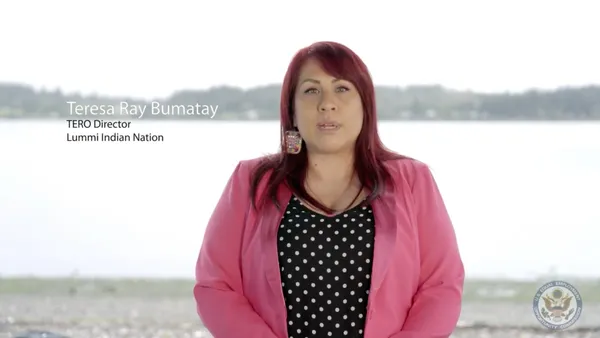Dive Brief:
- PwC U.S. has publicly released its diversity and inclusion (D&I) data and strategy report — a first for the professional services firm. PwC has been building a diverse and inclusive culture for more than 20 years, PwC U.S. Chair and Senior Partner Tim Ryan said in a LinkedIn post Aug. 26. The firm "long planned" to make its data public in 2020, however it became even more urgent following the killings of Black Americans and the disproportionate effects of the COVID-19 pandemic, Ryan said. As a part of six new commitments in June, PwC pledged it would offer full transparency into its D&I efforts.
- In the report, respondents self-reported their race or ethnicity from a list provided, including: American Indian/Alaskan native, Asian, Black or African American, Latinx, Native Hawaiian or other Pacific Islander, two or more categories, elected not to provide, and White. In the past year, women and racially or ethnically diverse individuals represented 65% of entry-level hires and accounted for 69% of experienced new hires, according to the report. In 2020, women represent 48% of the U.S. workforce and Asian employees represent 20% of the workforce. But Latinx and Black employees represent 8% and 5% of the workforce, respectively. PwC receives a "higher number of applicants from Asian candidates than any other racially/ethnically diverse group," resulting in higher representation, the report stated.
- In addition, the report provides data on the leadership of the company's Fortune 500 company accounts which PwC worked with in the 2020 fiscal year. Of 468 company accounts, 88 or 19% were led by women or racially/ethnically diverse partners, and "25% of our 20 largest audit accounts, by account revenue," were led by women or racially/ethnically diverse partners, according to the report. The data also shows that White individuals represented 90% of the leaders working on the Fortune 500 accounts, compared to 5% Asian representation, 2% Black and 2% Latinx representation. PwC's goals stated in the report include reaching 35% Black and Latinx representation among experienced, entry-level hires and interns; aiming for 50% of its partnerships to be made up of women and racially/ethnically diverse individuals; and building a U.S. workforce to reflect the diversity in higher education enrollment.
Dive Insight:
The U.S. Equal Employment Opportunity Commission requires U.S. companies with more than 100 employees to file an EEO-1 report. The compliance survey collects company employment data categorized by race/ethnicity, gender and job category. However, it is not mandated for companies to publicly release the data.
Many companies often share the data with organizations that can measure and analyze D&I practices. Meanwhile, others create annual D&I reports to share publicly. For example, after receiving backlash for lack of workforce diversity, major tech companies began publishing annual D&I reports in 2014, according to TechRepublic. It's essential for corporations in the U.S. to address D&I issues like any other business problem, Ryan said in his LinkedIn post.
PwC's data-led approach, with a deliberate strategy encompassing its purpose and values, has resulted in progress, but “we have more work to do,” he said. Ryan co-founded the CEO Action for Diversity & Inclusion — a CEO-driven business commitment to advance diversity and inclusion within the workplace — in 2016. "The CEO Action is harnessing the power of over 1,200 coalition members to accelerate change inside our own walls and in our society," he recently told HR Dive. The CEO Action for Racial Equity, recently launched by the coalition, is a “fellowship bringing together full-time employees from CEO Action member organizations who will dedicate 100% of their time to affecting policy solutions on race and equity," Ryan said.
Many companies have exhibited an increased focus on racial equity as the COVID-19 pandemic and calls for racial justice continue. Organizations need to keep in mind that how they respond to employees during times of crisis can have an impact on how it's perceived by future workers and even the public, experts at Randstad said during a webinar in April. Improvement in diversity, especially in executive teams, is experienced by organizations placing a special focus on inclusion, in addition to systematic, business-led approaches to D&I, according to a May 19 McKinsey & Company report.














